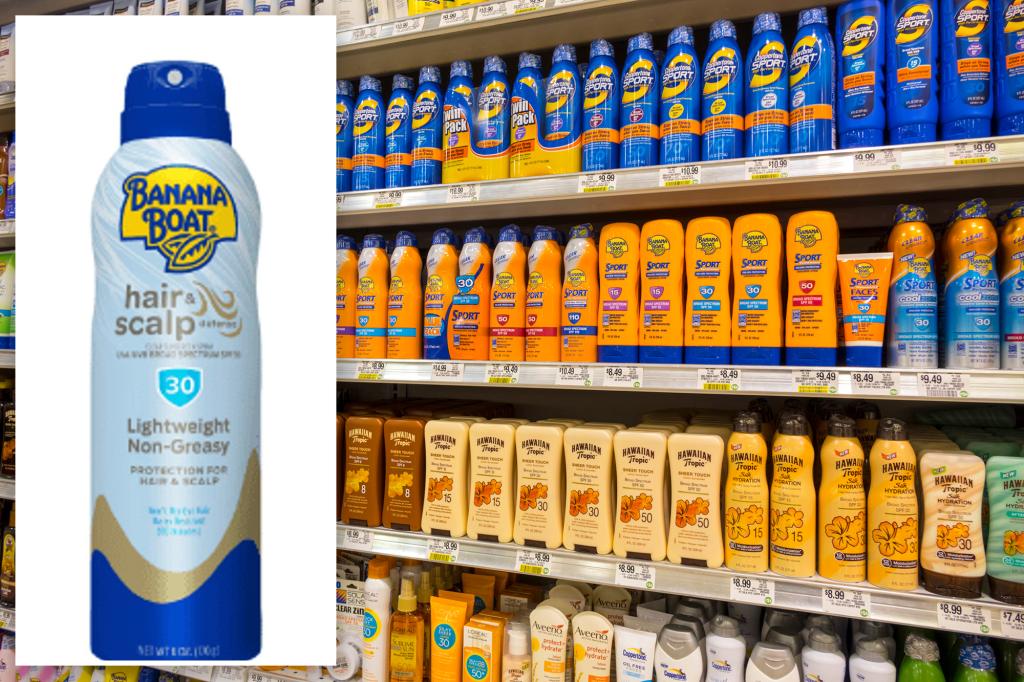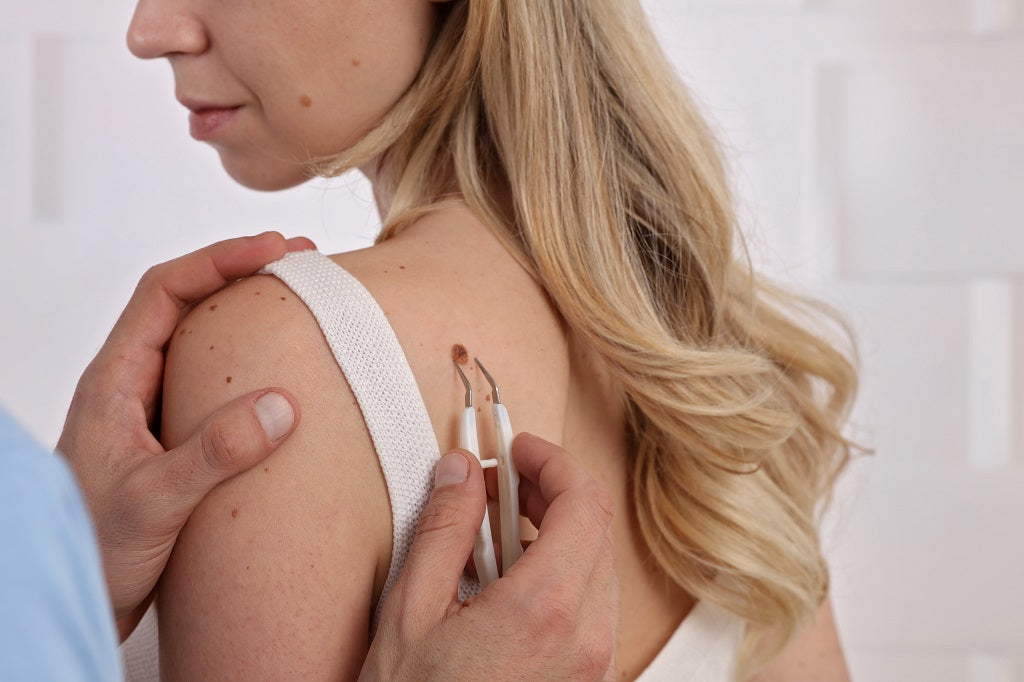GreekDemiGod
Member
Too bad these aren't brown spots/ moles.
Follow along with the video below to see how to install our site as a web app on your home screen.
Note: This feature may not be available in some browsers.
Click Here if you want to upgrade your account
If you were able to post but cannot do so now, send an email to admin at raypeatforum dot com and include your username and we will fix that right up for you.

 www.theepochtimes.com
www.theepochtimes.com

Valisure list of sunscreens“Banana Boat is recalling three batches of its “hair and scalp” sunscreen after tests found that the product contains trace amounts of cancer-causing chemical benzene, the manufacturer said in an announcement submitted to the Federal Drug Administration.
Exposure to benzene through skin contact, inhalation and by mouth has been linked to cancer such as leukemia, Fox Business reported.”

Banana Boat sunscreen recalled due to cancer-causing chemical
Banana Boat’s Hair and Scalp sunscreen is being recalled after tests detected trace levels of the carcinogen benzene, Edgewell Personal Care Company said Friday.www.google.com
I wonder why they are only recalling Banana Boat? Maybe they are all gonna be recalled?Valisure list of sunscreens
There's a list of different sunscreens that had benzene found in them starting on page 12. It wasn't just Banana Boat.


Oh man when I put MCT oil on mine and covered it with a bandaid my husband freaked out how big it got overnight. I realized it was mad, in which case it was really important to stay on it. I wouldn’t cover it again, no sense getting it all excited. I like the slow poisoning while it is sleeping method.I have spots on skin identical to the different types you are all describing. The flat rough spots, brown spots, cauliflowery spots.
A few years ago I had one that had grown to about the size of my pinky fingernail, on my upper stomach. It grew slowly & got cauliflowery.
I put progest-e on it every few days for a couple of weeks at a time, but I’d do the opposite of what people are doing here. I covered it with a waterproof band-aid so it could get as little air as possible.
I wanted it to be exposed to co2 for a few days and I thought that was the way to do it.
It looked waterlogged & soft when I’d take the band-aid off. It looked bad.
But it started to get little pinpoint black spots like in Rinse’s pics. I flicked it with my fingernail & the little bubbles would flake off. They did bleed & I didn’t do it all at once.
It took months. But that thing eventually flaked off completely & new pink skin took its place.
Besides the thing flaking off it was interesting to see how horrified I was to see it’s changes during the process but how it ended up doing exactly what I wanted it to do.
I’m going to try that progest-e + lanolin combo. Been using Lansinoh brand lanolin for about a year.
@Rinse & rePeat Those Ray Peat quotes are golden. Thanks for getting those together.
It is gone now?Blurry but you can make out about what it was. Funny, I said this was years ago. It was only in early 2021. It just feels like years ago.
It’s red where the band-aid stuck for several days at a time.
I love hearing this kind of empowerment. Cutting these little monsters out is so scary. Both my grandfather, great grandfather and an aunt had theirs cut out and all of them died fairy quickly afterwards from doing so. Watchful waiting and sneaking up on it while it is sleeping is a better approach for me, but is does take some dedication.Yes it took time but it all fell off. No real scar.

 www.anveya.com
www.anveya.com